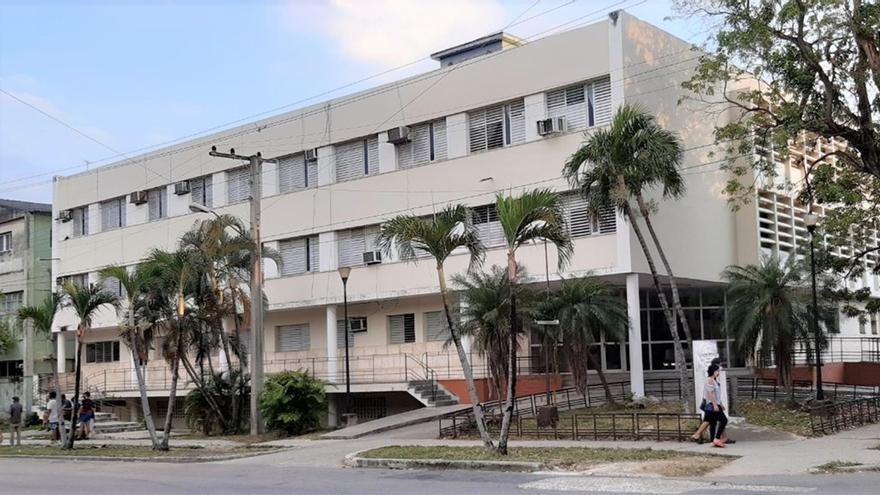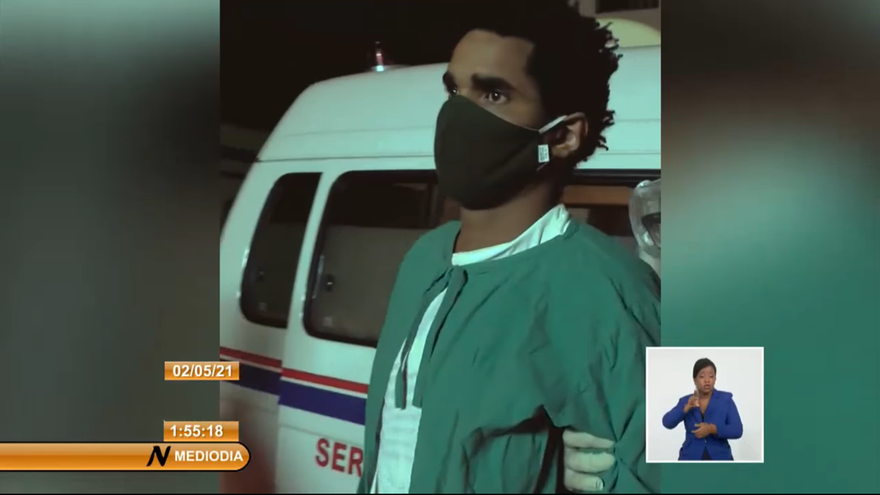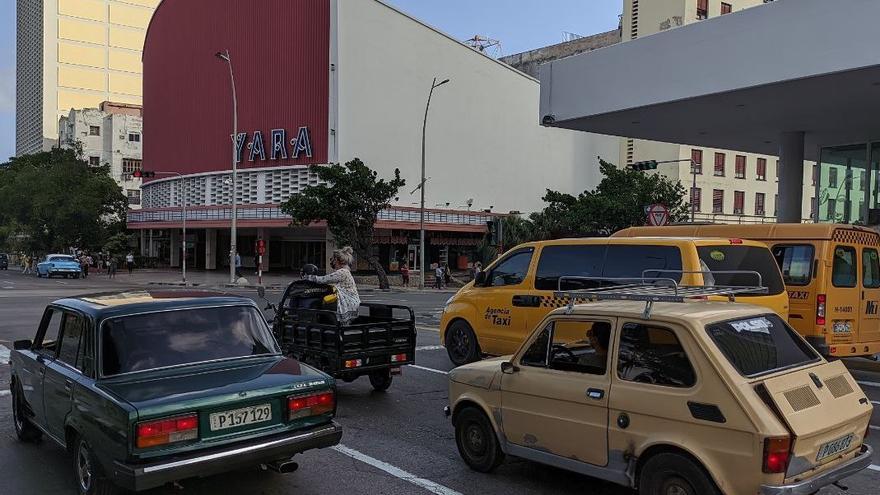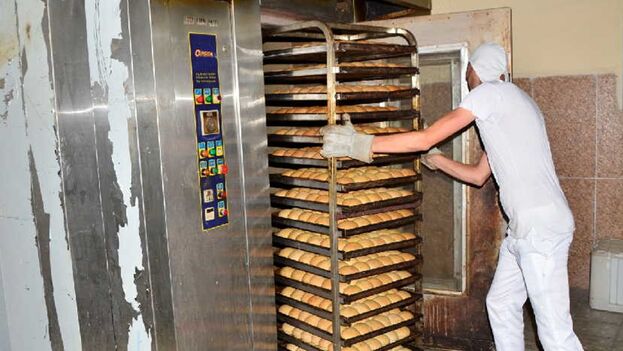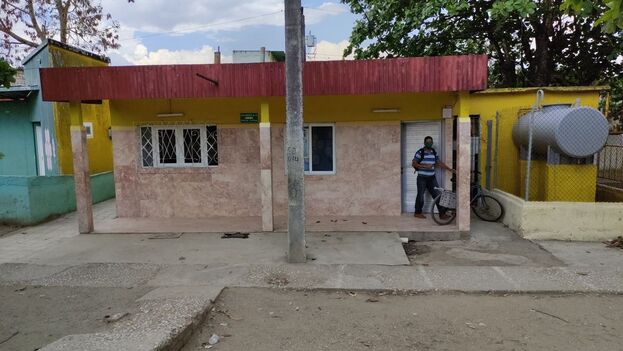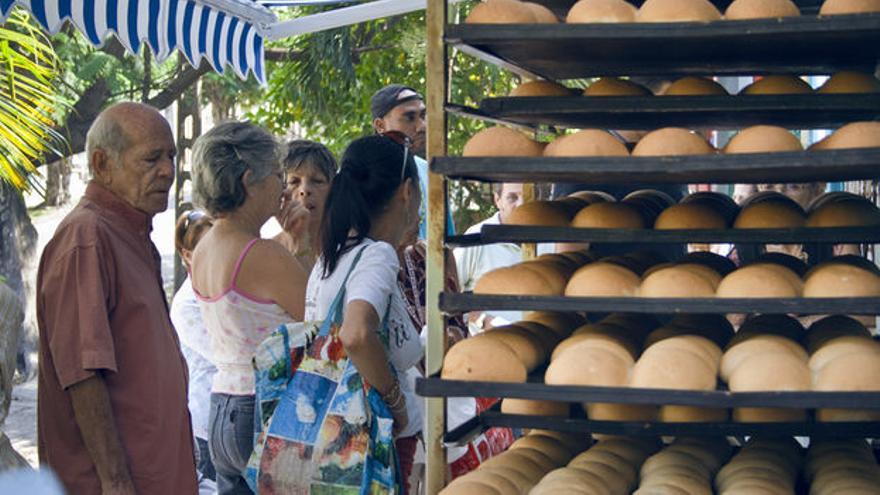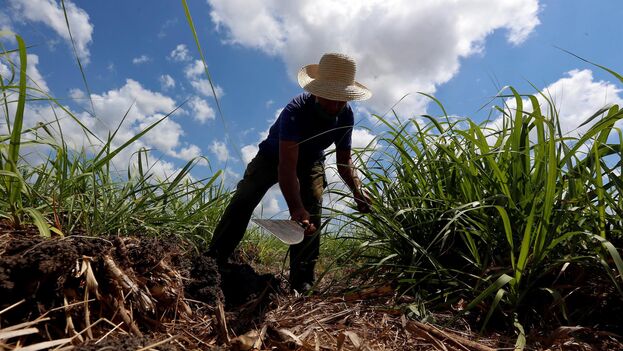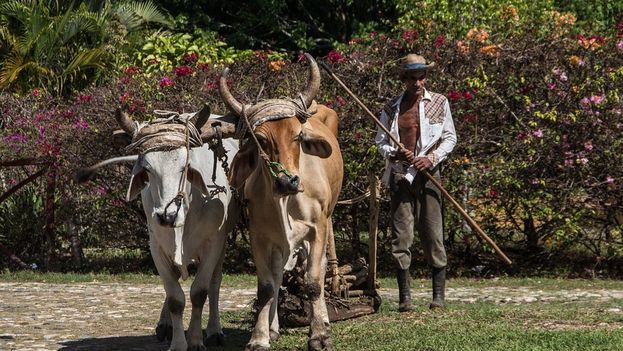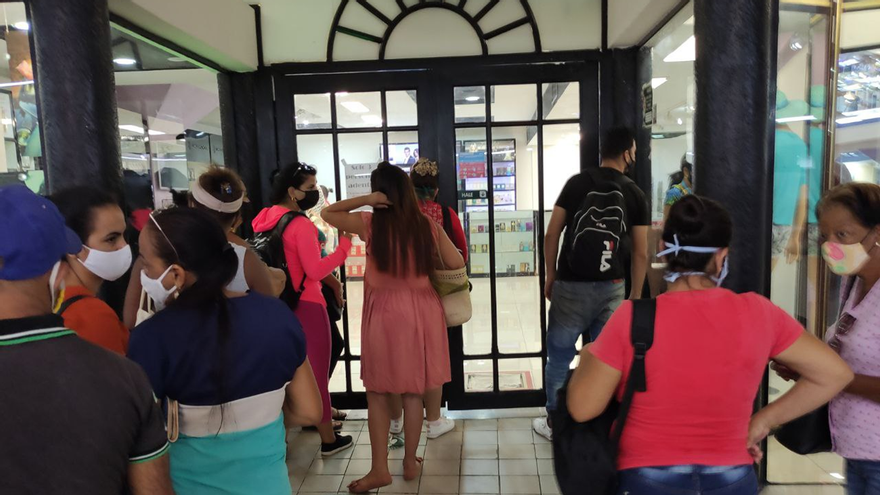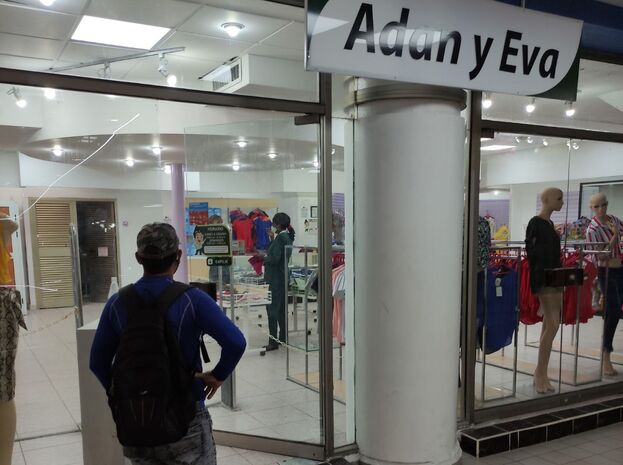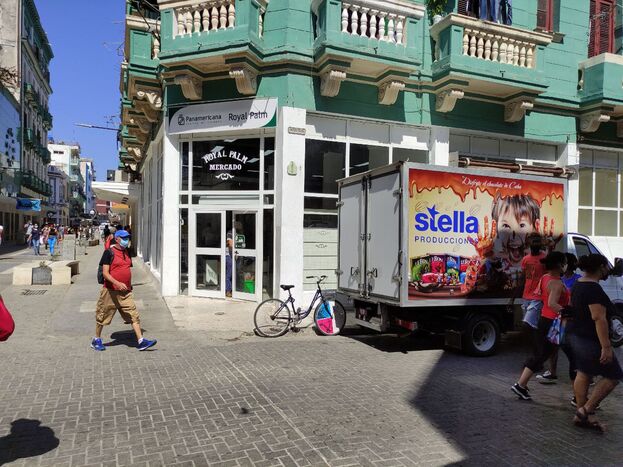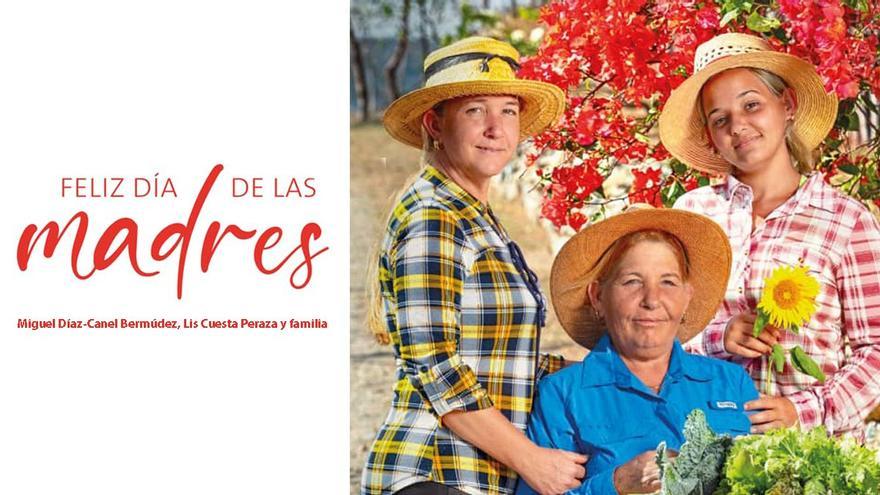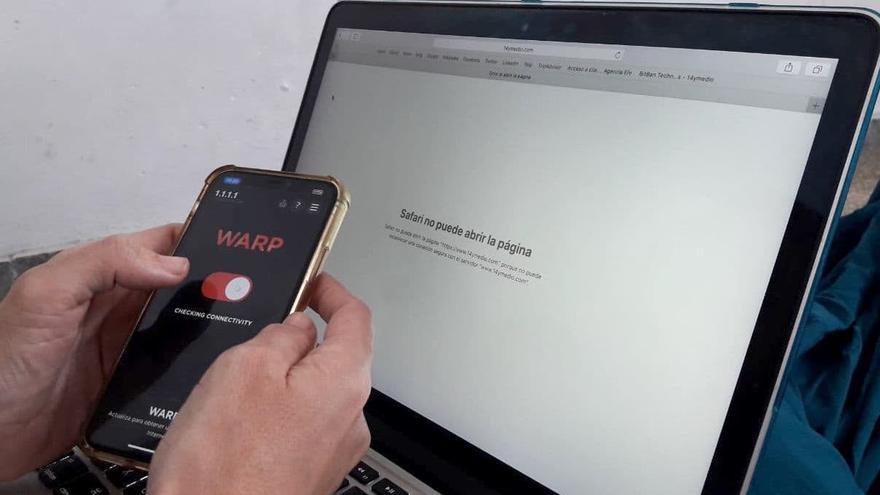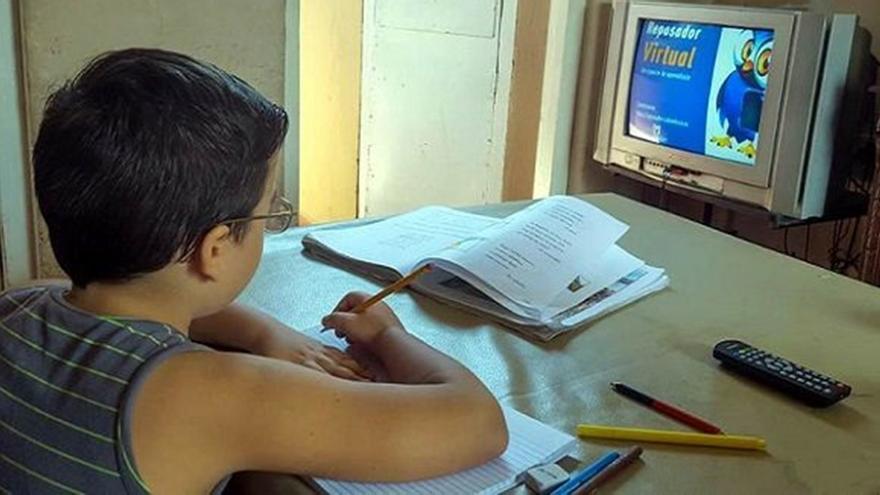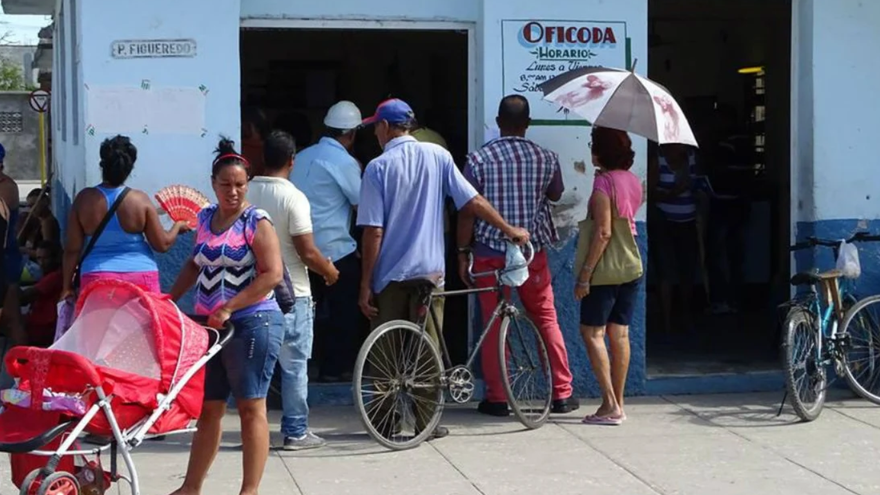
![]() 14ymedio, Havana, 10May 2021 — The farmer Herminio Martínez Gens thanked the Revolution on Monday for being able to buy a tractor for $27,000 USD. The producer was the first in the province of Villa Clara to acquire this type of vehicle, model Belarus 82.1, in the store of the Agricultural Supplies Company, which sells only in foreign currency.
14ymedio, Havana, 10May 2021 — The farmer Herminio Martínez Gens thanked the Revolution on Monday for being able to buy a tractor for $27,000 USD. The producer was the first in the province of Villa Clara to acquire this type of vehicle, model Belarus 82.1, in the store of the Agricultural Supplies Company, which sells only in foreign currency.
Martínez, who belongs to the José Martí Credit and Services Cooperative in the municipality of Camajuaní, said that he never thought of buying a tractor. “I am grateful to the Revolution for this opportunity. And the tractor will help me to increase the production that the people need so much,” he said when interviewed by the official press.
“Today I am the happiest farmer in Cuba, I have bought a tractor for the service of my farm, for my two brothers and for everyone who needs it in the cooperative or in any other in the municipality,” added Martínez who says he has more than 60 hectares in under lease and also dedicates himself to raising cattle.
The farmer asserts that, with the purchase of the vehicle — which he paid for in cash — he will increase production because having a tractor “makes it easier to prepare and cultivate the land.” This type of machinery is highly demanded on the Island where most farmers use oxen to plow or old tractors with more than half a century of use. continue reading
Martínez affirms that anyone who “can get the money” will also buy a tractor. “And more so now that the farmer can even export his production. That means improvement for the farmer and development for the country. The Revolution is giving new offers and possibilities to the farmers and eliminating obstacles, allof which favors production. Improving technology means producing more.”
This Monday, in Pinar del Río, the farmer Emiliano Hernández Rodríguez also acquired a tractor of the same brand in freely convertible currency (MLC). The Logistics Business Group of the Ministry of Agriculture (Gelma), which is dedicated to the commercialization of vehicles, reported the purchase on its social networks.
The Belarus 82.1 tractor is manufactured by the Republican Unitary Enterprise Minsk Tractor Plant of Belarus. It has a capacity of 81 horsepower and the engine runs on diesel. Havana has a long history of agreements with the Alexander Lukashenko regime and, recently, the State newspaper Granma reported the sale of 14 tractors from that nation, which were destined for seven provinces of the country.
María del Carmen Fages Plasencia, vice president of Gelma, then explained that the vehicles are the result of an agreement between the Central Company for Supply and Sales of Heavy Transport Equipment and its Parts (Transimport) and are destined for stores that take payment in MLC. The vehicles are characterized by being “small power” and some have air-conditioned cabins.
To buy the tractors, the interested parties must meet some requirements: present a document issued by the municipal delegation of agriculture that proves that they are an agricultural producer and have an account in MLC with the necessary balance for the purchase.
In 2018, the American tractor manufacturing company Cleber was excluded from the projects approved to locate in the Mariel Special Development Zone. The firm offered a compact, light piece of equipment, nicknamed Oggún, very close to the needs of the island’s farmers.
Two years later the authorities promoted the national Magric 80.2 prototype in the official press, for which, according to one of its creators, they “took advantage of the experience acquired with the rebuilding of Yumz tractors in the 90s and the availability of resources related to the manufacture of hopper.”
The equipment “will be tested soon,” added an article on the subject published in Granma at the time, without further details being known.
Since last September, farmers have been able to buy in foreign currency part of the inputs and equipment — including machetes and oxen yokes — they need to work the land. Gelma justified the decision by saying that, amid the “shortage of marketing networks, the sector requires a system that facilitates producers access to inputs, equipment, parts, pieces and accessories of a specialized nature, and other assortments, which allow the increase in agricultural production.”
____________
COLLABORATE WITH OUR WORK: The 14ymedio team is committed to practicing serious journalism that reflects Cuba’s reality in all its depth. Thank you for joining us on this long journey. We invite you to continue supporting us by becoming a member of 14ymedio now. Together we can continue transforming journalism in Cuba.

